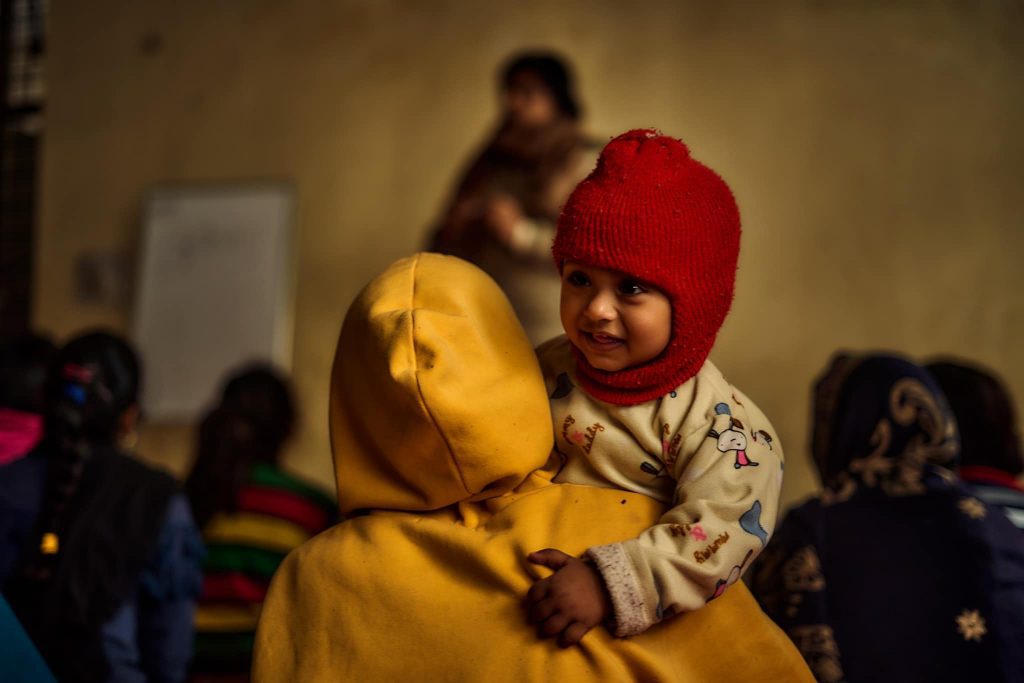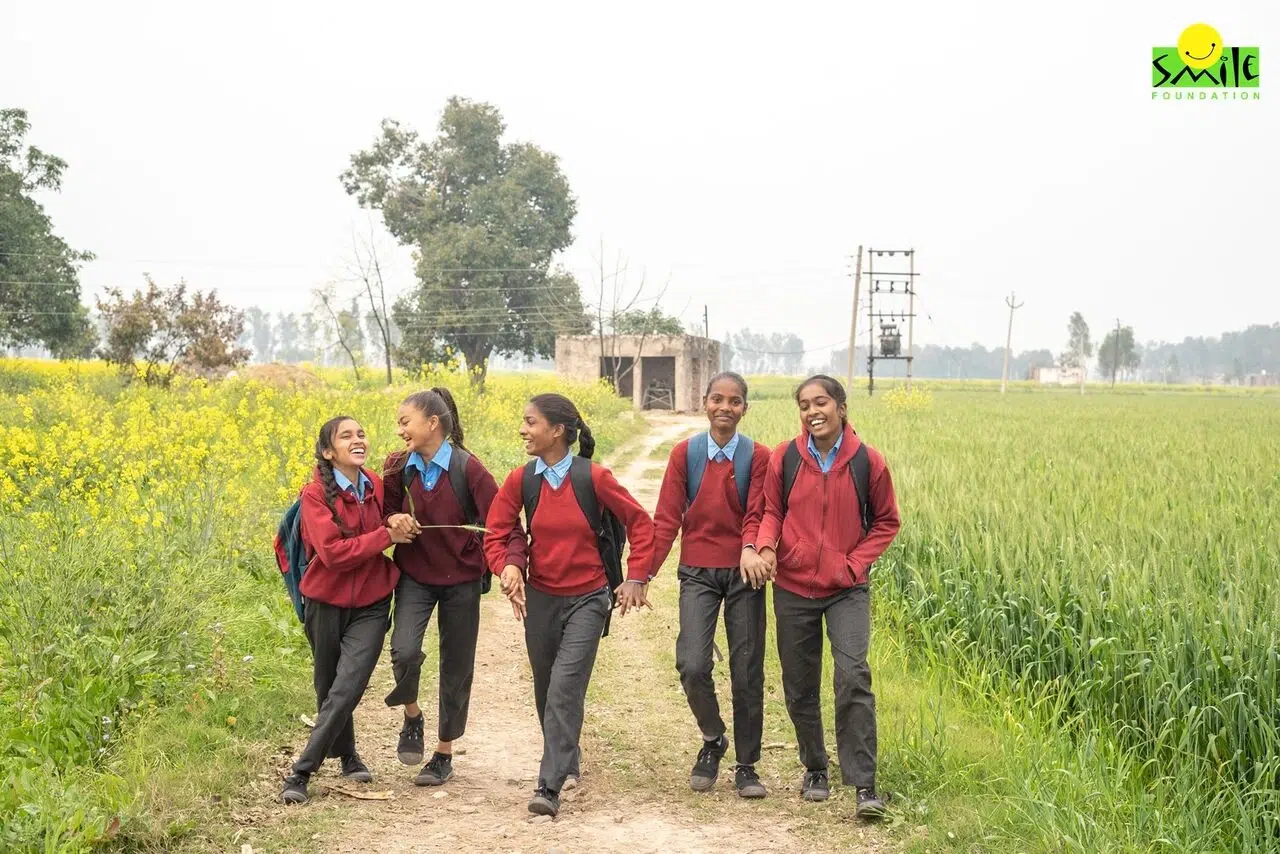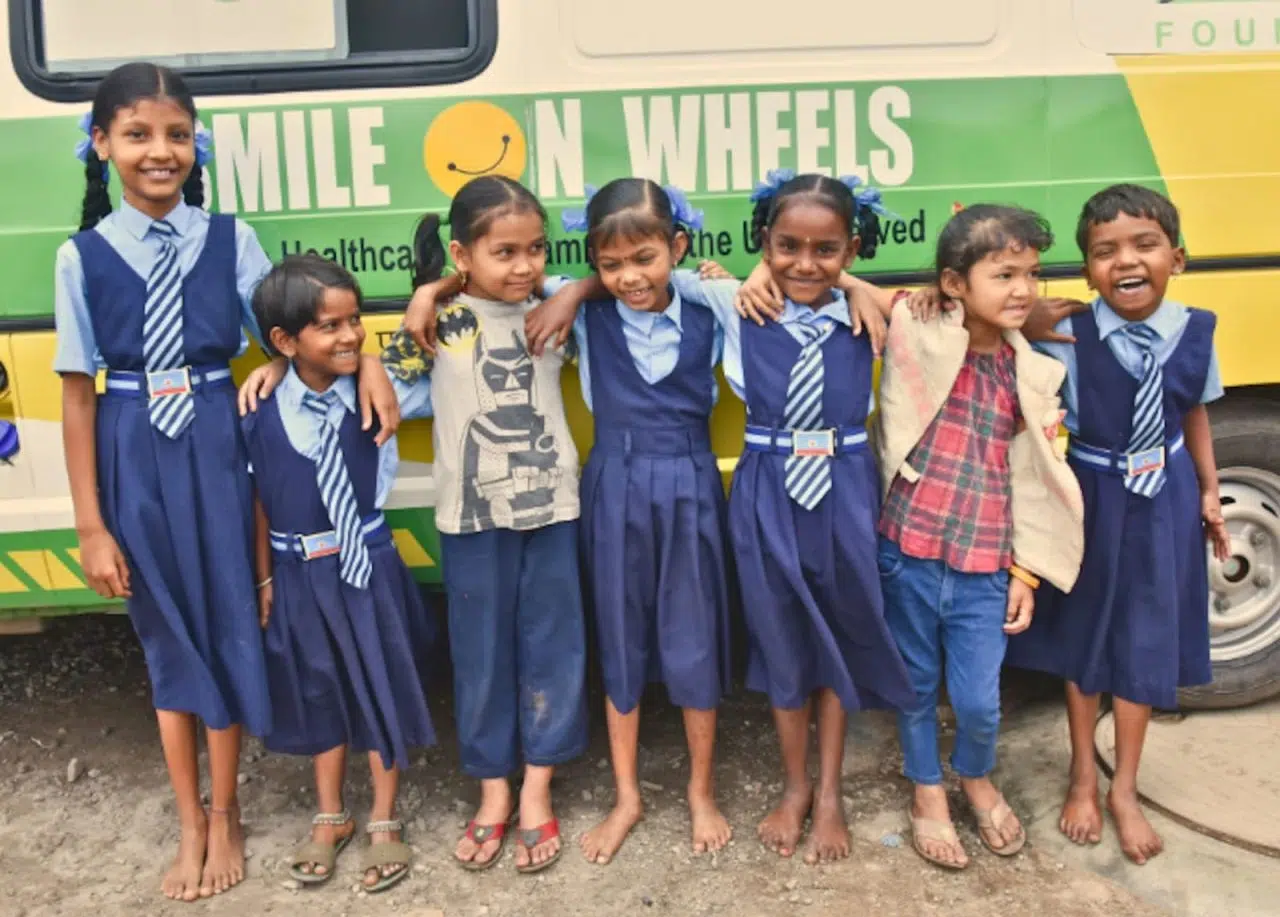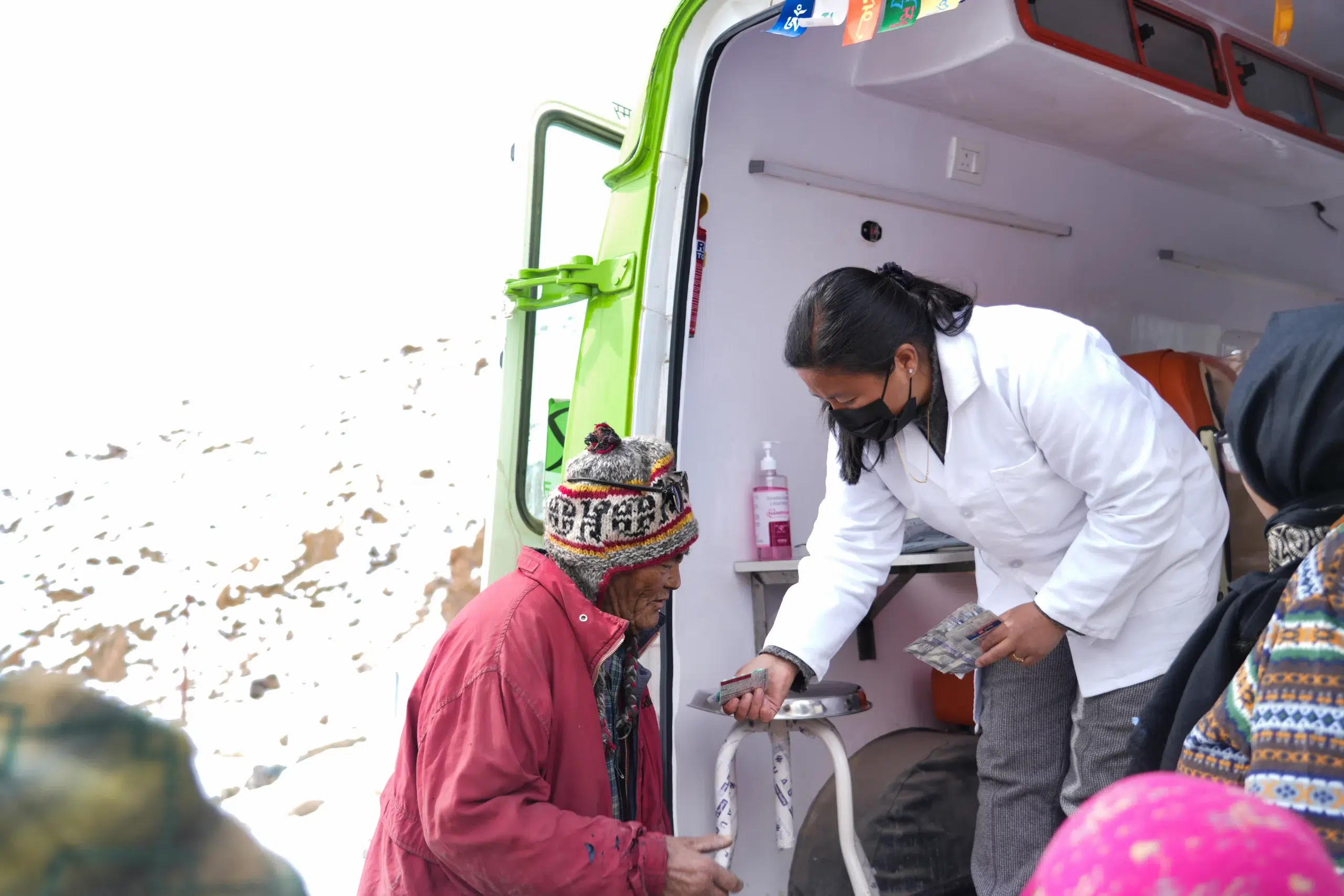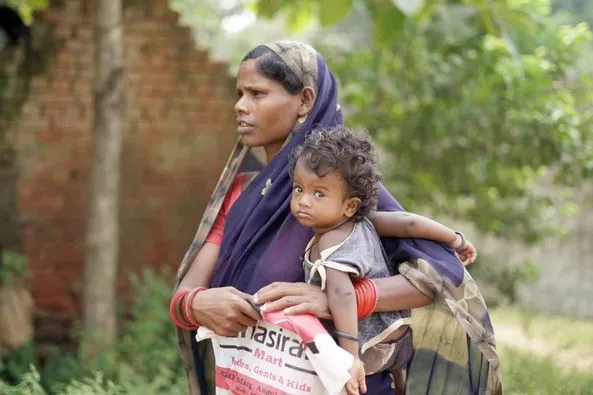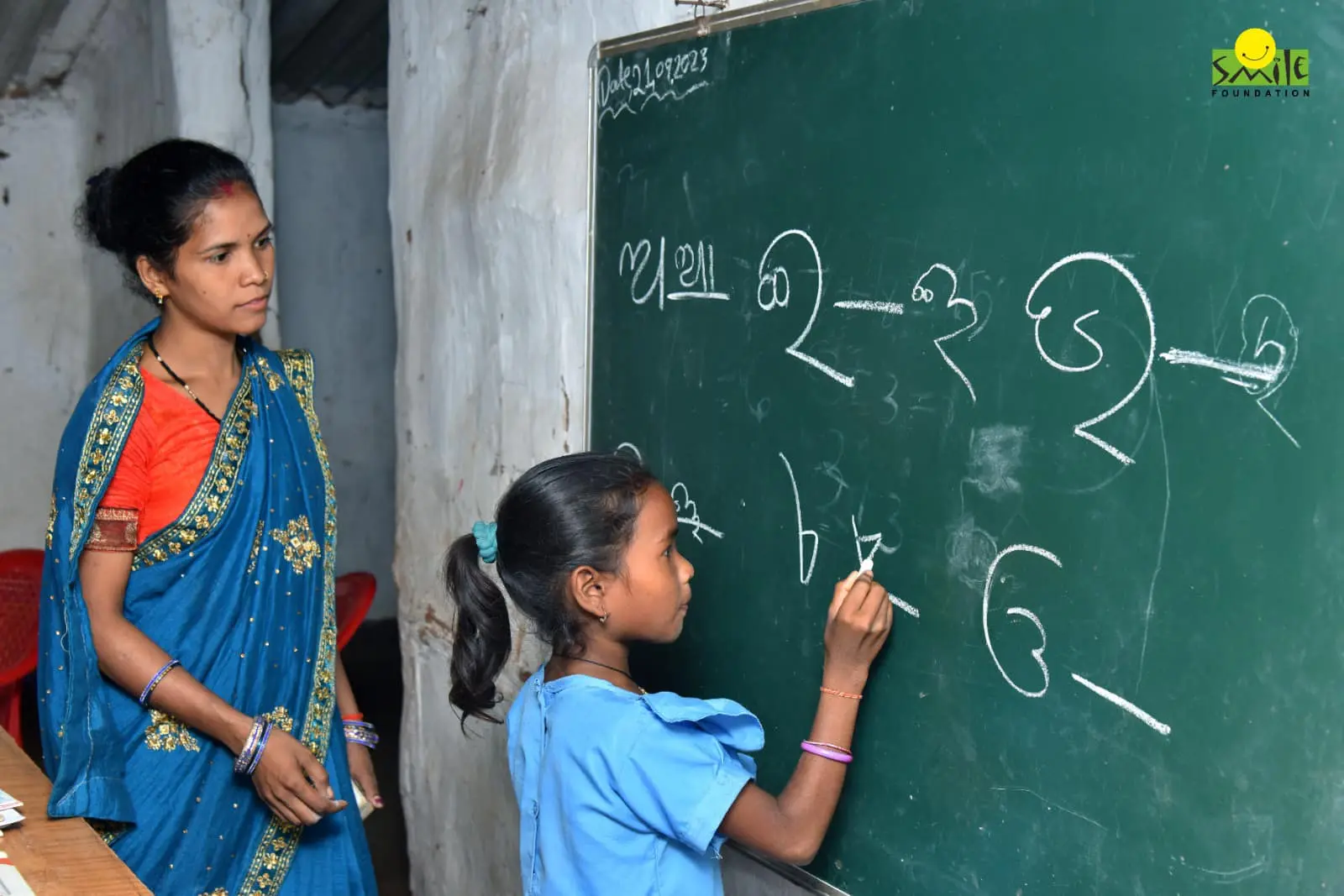If 5 newborns die out of 1000 live births, the infant mortality or newborn mortality rate is called to be 5.
The infant mortality rate (IMR) is reported to be 26 in India by the year 2021, on par or even lesser than the global average. But if we compare it with countries like the USA or China, which both have IMR of just 5, we are still far behind.
In 2018, an estimated 882,000 children under five died in India, the highest in the world. The heartbreaking reality is that many of these deaths were and are entirely preventable. Simple interventions, timely care, and addressing deep-rooted social factors could turn tragedy into triumph, giving India’s newborns the healthy start they deserve.
Understanding the major causes
Infant mortality rates are not uniform for all the states in India – they show vast variations. States like Madhya Pradesh have IMR of 47 while Goa and Kerala have IMR of only 9 and 10.
Infections (Pneumonia, Sepsis, etc.)
As mentioned earlier, states which have higher IMR largely have preventable causes. Infections such as Pneumonia, Sepsis and diarrhea play a huge role here.
Pneumonia and diarrhea, tragically preventable diseases, remain leading causes of child deaths in India. Pneumonia alone is responsible for 12.9% of child deaths, while diarrhea accounts for 8.9%.
Despite the availability of low-cost antibiotic treatments for pneumonia, India tragically saw the second-highest number of pneumonia deaths among children under five in 2018 – a devastating 127,000 lives lost.
The situation with diarrhea is similarly alarming: in 2017, it killed 90,000 children under five. Even more concerning is that only half of children with diarrhea received oral rehydration solution (ORS) and a mere 20.3% received zinc supplementation – simple and effective diarrhea management tools.
Untimely and improper breastfeeding
The first hour after a baby is born holds immense power. Initiating breastfeeding within that time is not just a recommendation – it is a lifeline. Delaying this critical act can have life-threatening consequences for a newborn.
On the other hand, according to one report by the Indian Council of Medical Research, published in the Lancet in September 2019, only half of all babies in India are exclusively breastfed for six months, which is deeply concerning.
Many mothers lack the necessary support and knowledge about breastfeeding, leaving their babies – especially those with low birth weight – more vulnerable to infections.
In some states of India, the situation is particularly alarming. Imagine that in Uttar Pradesh, only one in four babies receive breastmilk within that first hour, and in Rajasthan, the number is barely better. These are places where infant mortality rates are tragically high, and this delay in breastfeeding is undoubtedly a contributing factor.
Lack of Access to Quality Care
The Indian healthcare landscape reveals a deep divide between urban and rural areas. Cities do have well-equipped hospitals and skilled professionals, while remote villages often struggle to provide even basic healthcare. This leaves many newborns in rural communities without access to the critical care they may need in an emergency.
The shortage of trained pediatricians, neonatologists, and nurses across India further compounds the issue. Even when a healthcare facility exists, it may lack the qualified staff to give newborns the lifesaving attention they deserve. Sadly, many existing facilities are overcrowded and underfunded. This means long wait times, less individualized care, and a devastating reality – premature babies and those with complications may not get the immediate help they need to survive.
Though government programs exist to help, healthcare costs still pose a huge barrier for many families, especially those living in poverty. The financial burden can lead to fatal delays in seeking care for newborns in need.
Protecting Mothers and Newborns: A Call to Action for Newborn Mortality
Think of regular check-ups, especially for high-risk pregnancies, as a vital early warning system. They give healthcare providers the chance to spot and address potential complications, safeguarding the health of both mother and her growing baby.
Alongside check-ups, offering nutritional support through iron and folate supplements lays a strong foundation. This helps prevent maternal anemia and birth defects, ensuring the baby has the best possible start.
We cannot forget the importance of screening for and promptly treating maternal infections. This proactive approach acts like a shield for both mother and newborn reducing newborn mortality rates.
Government programs like Janani Suraksha Yojana (JSY) and Janani Shishu Suraksha Karyakram (JSSK) are a lifeline for many, breaking down financial barriers and encouraging safe, institutional deliveries for expectant mothers.
When it comes to birth practices and newborn care, quality is non-negotiable. Initiatives like Surakshit Matratva Ashwasan (SUMAN), Pradhan Mantri Surakshit Matritva Abhiyan (PMSMA), and LaQshya strive to raise the bar in labor rooms and maternity facilities nationwide.
Sadly, malnutrition remains a threat. Defeat Diarrhea (D2) initiatives champion the use of ORS and zinc, while Nutrition Rehabilitation Centers (NRCs) and the Anaemia Mukt Bharat (AMB) strategy focus on treatment. Investing in well-equipped newborn care units, especially in rural areas where they’re scarce, is also a priority.
For the smallest and most vulnerable babies, techniques like “Kangaroo Mother Care” (skin-to-skin contact) and delayed cord clamping can offer tremendous benefits.
Finally, a strong healthcare system needs skilled professionals. We must train and increase the number of pediatricians, neonatologists, and nurses to meet the growing demand for quality care. This means providing comprehensive training to healthcare providers across all disciplines involved in maternal and child health.
At the end, lets not forget, a healthy mother means a healthy house and ultimately a healthy nation!
Smile Foundation and Newborn Mortality
Swabhiman program by Smile Foundation plays a role in reducing the newborn mortality rate by providing comprehensive maternal and child healthcare services to underserved communities. Through Swabhiman, expectant mothers receive essential antenatal care, including regular check-ups, nutritional support, and access to skilled medical professionals. Additionally, the program emphasizes the importance of institutional deliveries, ensuring that women give birth in safe and hygienic environments with trained healthcare staff. By addressing maternal health needs holistically and empowering mothers with knowledge and resources, Swabhiman contributes significantly to lowering the newborn mortality rate and improving overall maternal and child well-being in the communities it serves.



